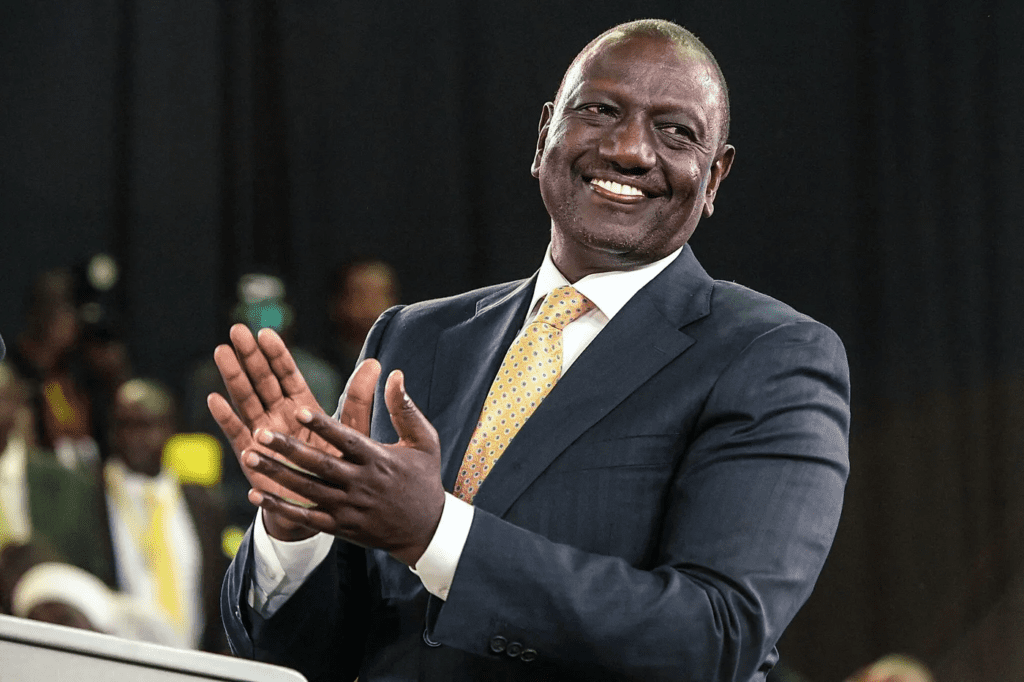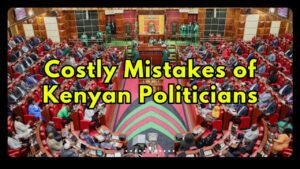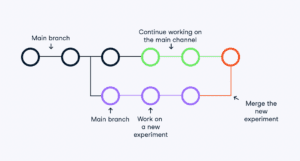
Ruto Highest Earning President Globally
Examining President William Ruto’s Salary: Among the Highest Relative to Economic Strength
Recent reports highlight Kenyan President William Ruto as one of the highest-paid heads of state globally when comparing his earnings relative to his country’s economic capacity. This dynamic sets him apart, especially when compared to leaders of countries with much larger economies. Despite Kenya’s moderate per-capita GDP, President Ruto’s earnings place him at the top of world leader salaries when gauged by their proportion of national economic output.
Presidential Salary Increase in 2023
In June 2023, Kenya’s Salaries and Remuneration Commission (SRC) reviewed the earnings of state officials, leading to an adjustment in President Ruto’s salary. His monthly gross income rose from Ksh1,443,750 to Ksh1,650,000, which translates to an annual salary of approximately Ksh19,800,000.
While President Ruto’s earnings are still lower in raw figures compared to leaders of economic giants like the U.S. or China, his salary stands out when viewed as a percentage of Kenya’s GDP per capita. Kenya’s GDP per capita in 2023 was estimated at Ksh811,615, meaning Ruto’s annual income is about 1,993% of this figure, or nearly 20 times the average Kenyan income. This percentage places Ruto at the forefront among global leaders in terms of pay relative to their country’s economic metrics.

How Ruto Compares to Other World Leaders
President Ruto’s ranking reflects a unique trend: he leads in terms of highest-paid world leaders relative to per-capita GDP. This metric shows his earnings as a significant portion of the national average income, a distinction which makes him the top leader in this category. Notably, several African leaders also appear prominently on this list, highlighting an interesting trend in the continent.
- President William Ruto, Kenya – 1,993% of GDP per capita
- Prime Minister Lawrence Wong, Singapore – 1,158% of GDP per capita
- President Samia Suluhu Hassan, Tanzania – 1,087% of GDP per capita
- President Cyril Ramaphosa, South Africa – 1,053% of GDP per capita
- President Nana Akufo-Addo, Ghana – 651% of GDP per capita
Singapore Prime Minister Lawrence Wong: Highest in Raw Earnings
Singapore’s Prime Minister Lawrence Wong, who assumed office in 2024, earns an annual salary equivalent to Ksh217,718,946 (USD 1.69 million), positioning him as the best-paid world leader in absolute terms. Although his earnings stand out in value, Wong’s pay as a percentage of Singapore’s GDP per capita is lower than Ruto’s. Singapore’s high per-capita GDP means Wong’s salary constitutes a smaller percentage of the national average income, at 1,158%.
FOLLOW THIS WHATSAPP CHANNEL FOR MORE UPDATES
African Leaders with Significant Pay Packages
Beyond Kenya, several African heads of state have similarly high salaries relative to their countries’ economic strength. For instance, President Samia Suluhu Hassan of Tanzania earns an annual salary that represents 1,087% of Tanzania’s GDP per capita, while President Cyril Ramaphosa of South Africa’s salary equals 1,053% of his country’s per-capita GDP. Both leaders rank within the top five for best-paid leaders by this measure, emphasizing the disproportionate earnings of some African leaders compared to their country’s economic capacity.
In fifth place, President Nana Akufo-Addo of Ghana earns a salary that is 651% of Ghana’s GDP per capita, demonstrating that this pattern of comparatively high leadership earnings is consistent across various African
nations.

The Controversy Surrounding SRC’s Salary Increases
In Kenya, the recent rise in salaries for state officers proposed by the Salaries and Remuneration Commission (SRC) sparked public debate. Many Kenyans criticized the hike, questioning the necessity of increasing government salaries while a large portion of the population faces financial hardship. In response, President Ruto expressed reservations about the SRC’s proposal, acknowledging the wide income disparity between high-ranking government officials and the average citizen.
In a statement released by State House spokesperson Hussein Mohammed, Ruto emphasized that the executive branch should “live within their means,” especially during a time of economic hardship. His comments were interpreted as a subtle opposition to the salary hike, reflecting his awareness of the income inequality within the country.
Income Disparity: Comparing Kenya’s Average Income and Presidential Earnings
Kenya’s economy has a modest GDP per capita compared to larger economies, which makes Ruto’s salary appear even more pronounced. The national GDP per capita of Ksh811,615 highlights the gap between the income of the average citizen and that of the highest-ranking officials. President Ruto’s annual salary of nearly Ksh20 million is almost 20 times this figure, amplifying the disparity between the income of the head of state and that of ordinary citizens.
This income gap is particularly evident given Kenya’s struggles with poverty and unemployment. Many Kenyans live on a fraction of the GDP per capita, further widening the perceived income gap between the public and its leaders. President Ruto’s response to the proposed SRC salary increase acknowledged this disparity, signaling that he recognizes the public’s concerns regarding income inequality.
Broader Implications for Leadership Pay and Economic Equality
The issue of leadership pay relative to a country’s economic strength is not unique to Kenya. Similar discussions are occurring in other countries where leaders’ salaries sharply contrast with national income levels. High presidential earnings in nations with moderate or low GDP per capita can generate public frustration, as citizens may view these salaries as excessive in relation to the country’s economic challenges.
FOLLOW THIS WHATSAPP CHANNEL FOR MORE UPDATES
In some cases, countries with high levels of inequality or poverty may benefit from re-evaluating how much leaders are compensated. Adjusting these salaries, or at least slowing down increments, could help address public concerns over fairness and economic equality. Moreover, aligning leadership pay more closely with the economic realities faced by the majority of the population might improve the perception of government accountability.
Ruto’s Approach to the SRC’s Salary Proposal: A Step Toward Public Trust?
President Ruto’s apparent opposition to the SRC’s salary hike proposal suggests a sensitivity to the public’s concerns over income disparities. By acknowledging that government leaders should “live within their means,” he is taking a step that may improve public confidence in his administration. However, how Ruto and his administration address income disparity in the future will play a significant role in shaping public opinion and perceptions of fairness within Kenya’s leadership.

The salary of President William Ruto, when evaluated against Kenya’s GDP per capita, makes him one of the best-paid leaders in the world on a relative basis. While some other world leaders earn more in absolute terms, Ruto’s pay stands out when viewed in the context of Kenya’s economy. This dynamic, coupled with public resistance to the SRC’s proposed salary hikes for state officials, has brought discussions about income inequality and leadership pay to the forefront in Kenya.
Ruto’s response to these concerns demonstrates his awareness of the public’s dissatisfaction with income inequality, although how these issues are handled going forward will determine whether this is a genuine commitment to addressing inequality or simply a reaction to current public sentiment. Moving forward, balancing fair compensation for leaders with the need for economic equality will be a challenge for Kenya and other nations with similar economic profiles.
FOLLOW THIS WHATSAPP CHANNEL FOR MORE UPDATES
SHARE THIS POST






